The Moon Landing Hoax: What They Don’t Want You to Know
Historical Context of the Moon Landing
The Apollo 11 mission, executed by NASA on July 20, 1969, marked a pivotal moment in human history as Neil Armstrong and Buzz Aldrin became the first and second humans to walk on the lunar surface. The successful landing was a monumental achievement of the space race, a fierce competition primarily between the United States and the Soviet Union during the Cold War. This historic event was broadcast to millions around the world, creating an iconic legacy. Yet, in the ensuing decades, a compelling alternative narrative has emerged—the moon landing was a hoax.
Origins of the Hoax Theory
The moon landing hoax theory gained traction in the 1970s when conspiracy theorists began to scrutinize the evidence surrounding Apollo missions. Pioneers like Bill Kaysing posited that the lunar landings were staged by NASA and the U.S. government. He published the book “We Never Went to the Moon: America’s Thirty Billion Dollar Swindle” in 1974, igniting public interest in alternative theories of the moon landings.
Key Evidence Circulated by Hoax Theorists
1. Photographic Anomalies
One of the central arguments posited by hoax theorists centers on alleged photographic inconsistencies in the images from the Apollo missions. Critics point to shadows falling in inconsistent directions, suggesting the use of artificial lighting in a studio environment rather than the natural light of the Sun. Moreover, the absence of stars in the lunar sky has raised eyebrows. In reality, the camera exposure settings during the missions were optimized for the brightly lit lunar surface, making stars too faint to be captured.
2. The Flag Movement
Another frequently cited piece of evidence is the movement of the American flag planted on the lunar surface, which seemed to flutter as if caught in a breeze. Conspiracy theorists argue that this indicates the presence of wind, which would be impossible in the vacuum of space. However, experts explain that the flag was designed with a horizontal rod to maintain its appearance, and the fabric had been made with ripples so that it would appear to wave during the deployment.
3. Radiation Exposure
Some theorists contend that astronauts could not have survived the Van Allen radiation belts without significant harm. They argue that the cosmic radiation levels would be lethal, undermining the plausibility of a lunar mission. Nevertheless, NASA had designed the flight path to minimize exposure and ensure safety, allowing the astronauts to pass through the belts in a matter of hours.
The NASA Cover-Up Concept
Hoax proponents often suggest the idea of a broader government cover-up to shield the supposed truth from the public. This notion is supported by historical instances where governments have concealed information, such as during the Watergate scandal or various military operations.
1. Manipulation of Media
Many conspiracy theorists argue that the media played an essential role in perpetuating the hoax, claiming that they were complicit in portraying the moon landings as authentic events. The theory suggests that by maintaining the illusion of a successful landing, NASA could secure increased funding and further investments in space exploration.
2. Government Secrecy
The inherent secrecy surrounding governmental operations fuels the belief that NASA could easily conceal the truth about the moon landings. This secretive nature has led to increased skepticism and fueled the notion that the public may never know the full truth.
Counterarguments from Experts
Conversely, an overwhelming majority of scientists and experts vehemently oppose the moon landing hoax theory, presenting insights based on empirical evidence.
1. Testimonies from Astronauts
The personal testimony of astronauts, engineers, and scientists involved in the Apollo missions vastly contradicts the hoax narrative. Many astronauts have lived to recount their experiences in detail, consistently affirming the truth of lunar exploration. Additionally, thousands of engineers and mission control staff would have needed to conspire, an implausible concept given the complexity and scale of the operation.
2. Independent Verification
Numerous missions conducted by other countries and independent organizations have corroborated the lunar landings. The Lunar Reconnaissance Orbiter has captured detailed images of the Apollo landing sites, revealing distinct remnants of the lunar modules that are visible even from orbit.
3. Scientific and Technological Advances
The technological progress made since the moon landings speaks for itself. Discoveries concerning space travel, telecommunications, and even materials science owe their breakthroughs to the Apollo program. Hoax theorists struggle to reconcile these advancements with their claims.
The Psychology Behind Conspiracy Theories
Understanding why people gravitate towards conspiracy theories is crucial. Research indicates that individuals may find comfort in alternative narratives, which can seem more palatable compared to complex realities. This cognitive dissonance allows hoax theories to thrive, especially in an era of misinformation through social media.
1. Need for Control
People who feel powerless or disenfranchised may be particularly drawn to conspiracy theories. The belief that hidden forces control significant events gives individuals a sense of understanding and control over a chaotic world.
2. Distrust of Authority
A natural skepticism towards government and institutions can serve as a breeding ground for conspiracy theories. The moon landing hoax theory resonates particularly well in a society that has seen political scandals and cover-ups throughout history.
Impact on Society
The moon landing hoax theory continues to attract attention and discussions, posing significant implications for public trust in science and authority. Misinformation and conspiracy theories have a real-world influence on decision-making and policy formulation, particularly as we navigate contemporary issues like climate change and vaccination.
1. Erosion of Scientific Trust
Beliefs in conspiracy theories can result in diminishing faith in scientific authorities and expertise. A society that upholds such narratives risks undermining scientific endeavors that rely on public support and collaboration.
2. The Role of Education
Promoting critical thinking and scientific literacy is paramount in disputing conspiracy theories. Encouraging curiosity and skepticism grounded in evidence can help debunk myths and foster a society that values empirical findings over unfounded conjecture.
Conclusion: Moving Forward
While the moon landing hoax theory remains a captivating subject for some, the evidence supporting the authenticity of the Apollo missions is overwhelming and robust. The convergence of data from independent sources, the firsthand accounts of those who participated in these historic missions, and the significant achievements in science and technology rooted in space exploration provide critical insights. As society progresses, illuminating the truth through education and open discussions surrounding such topics is vital for a more informed public.
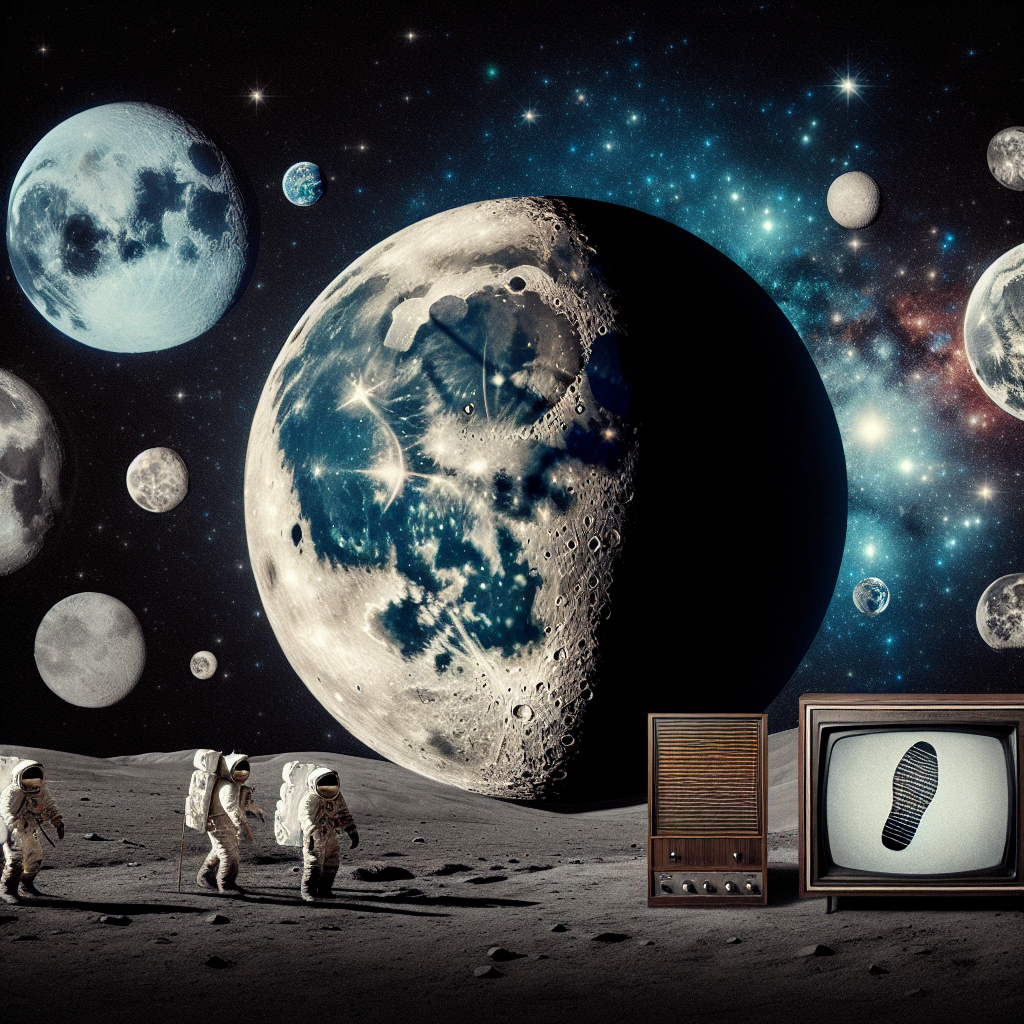
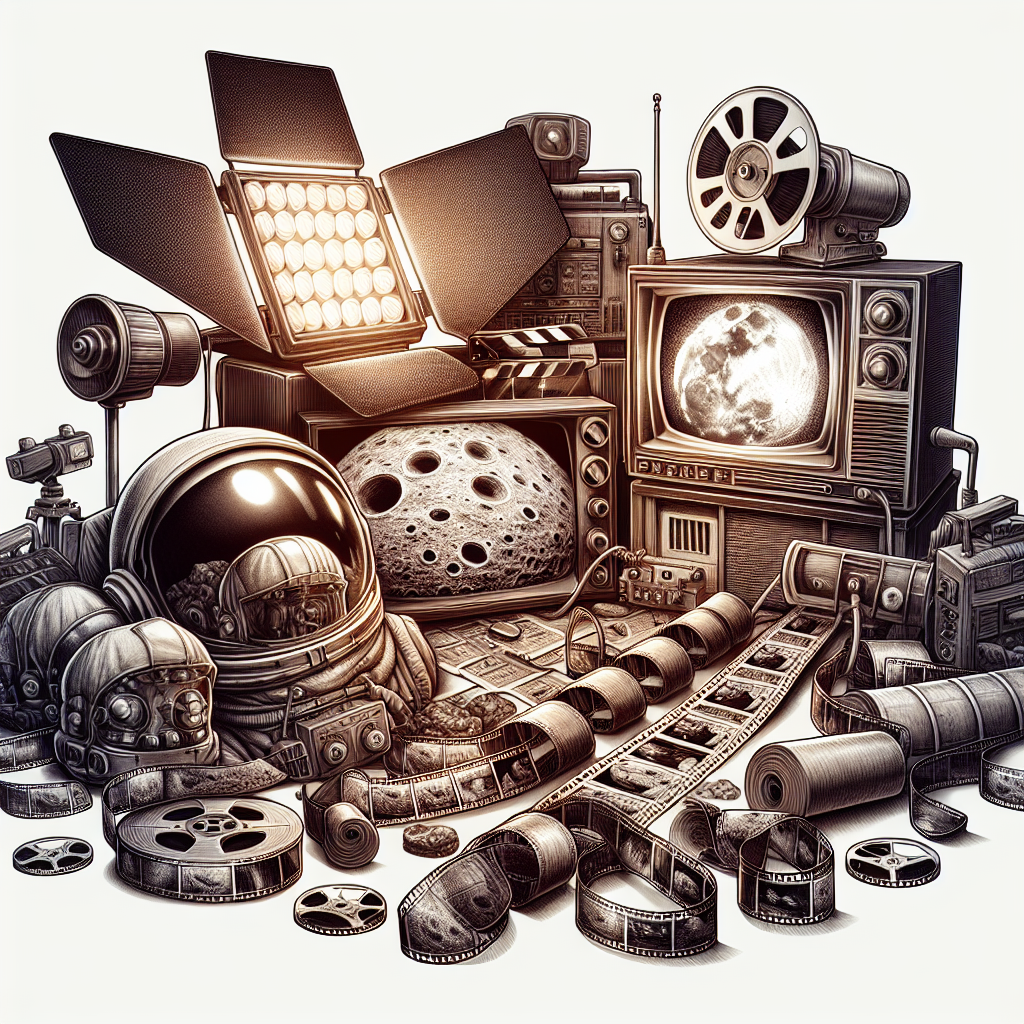
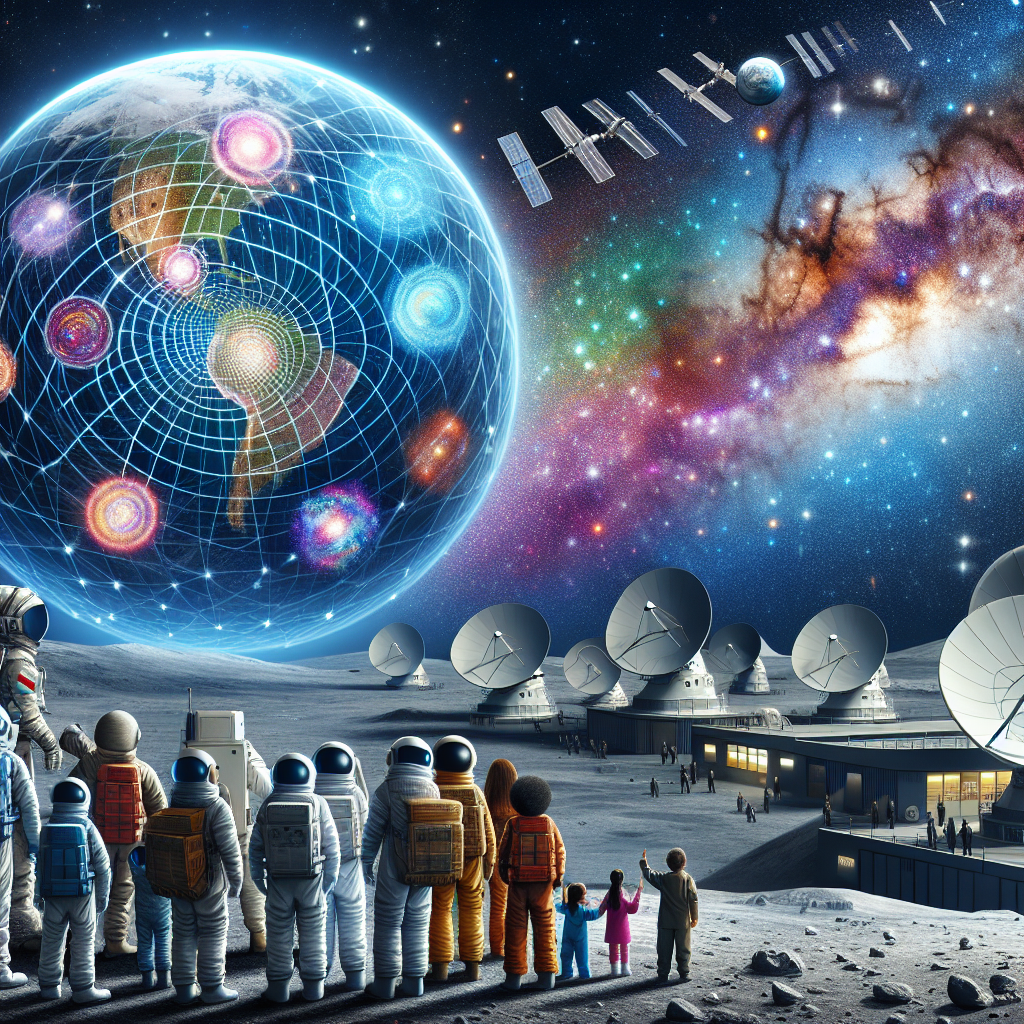

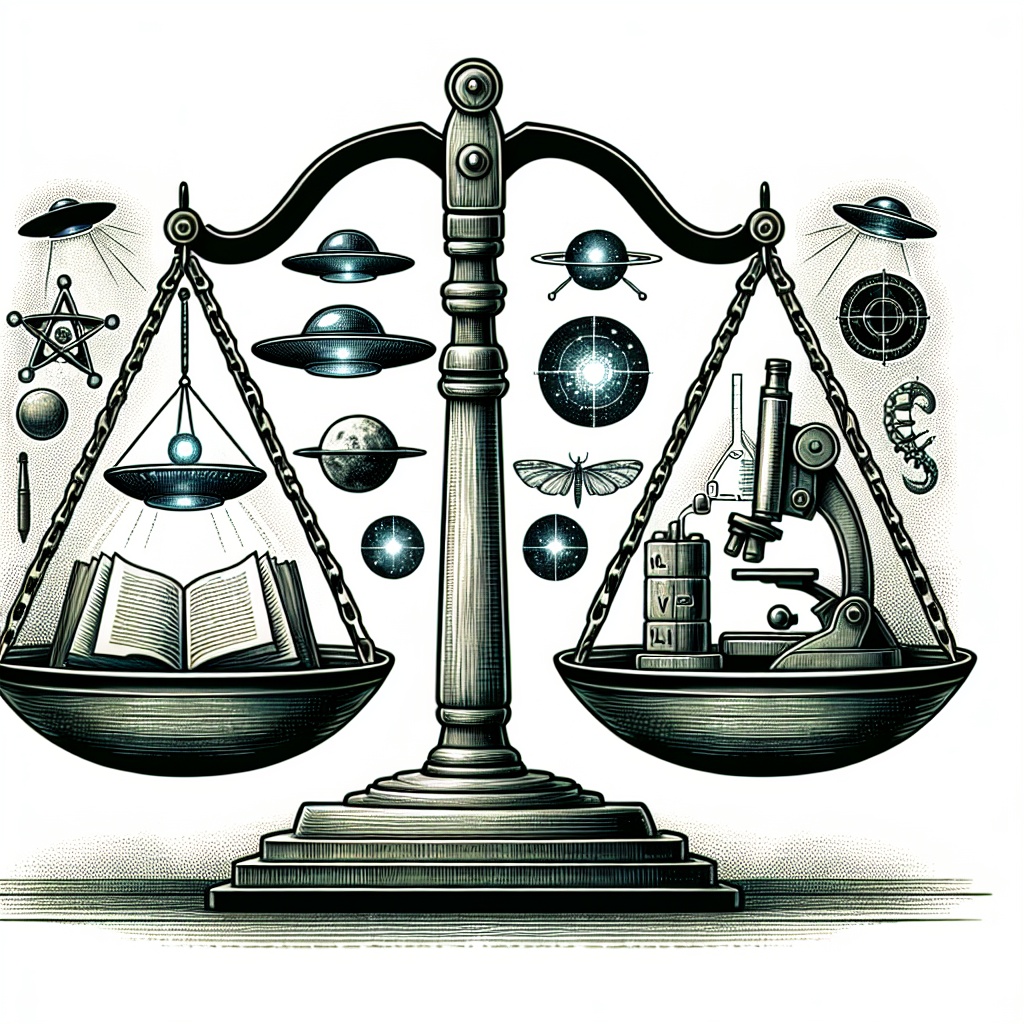
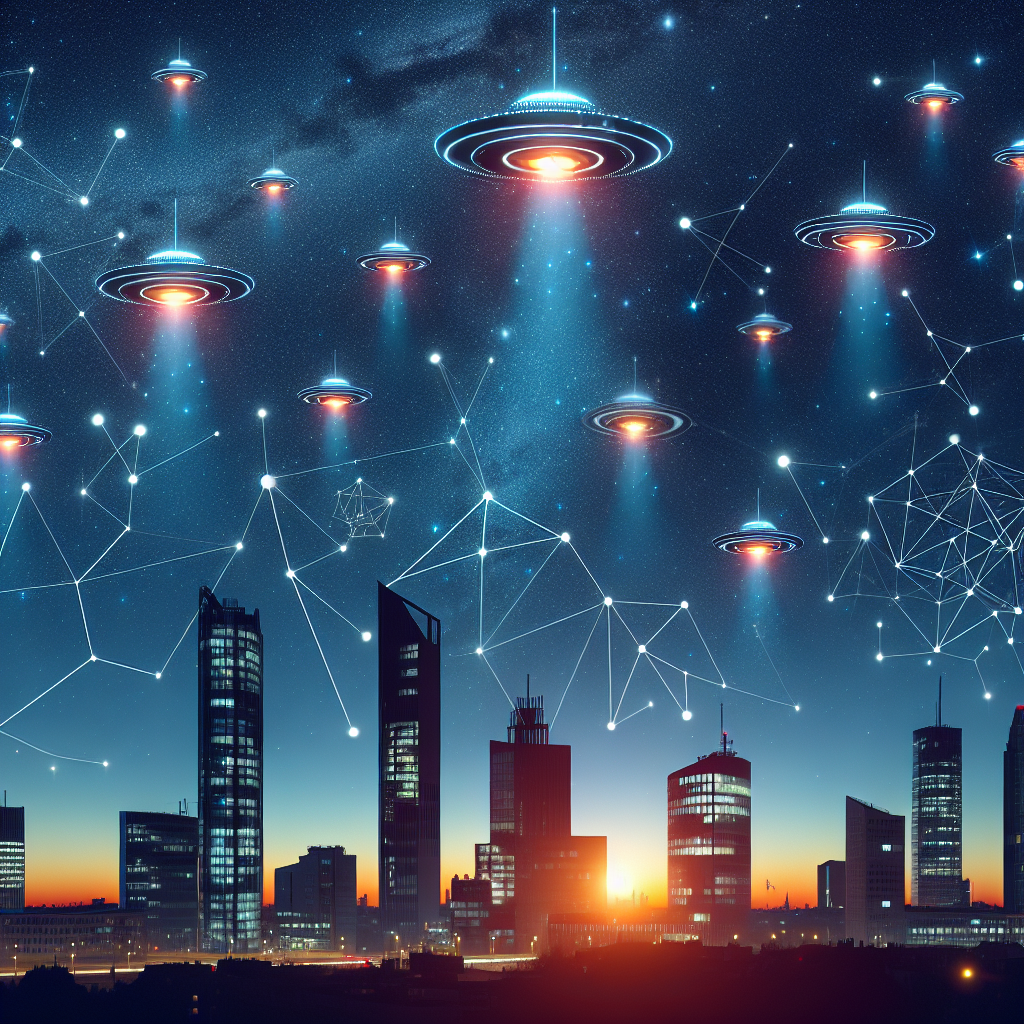
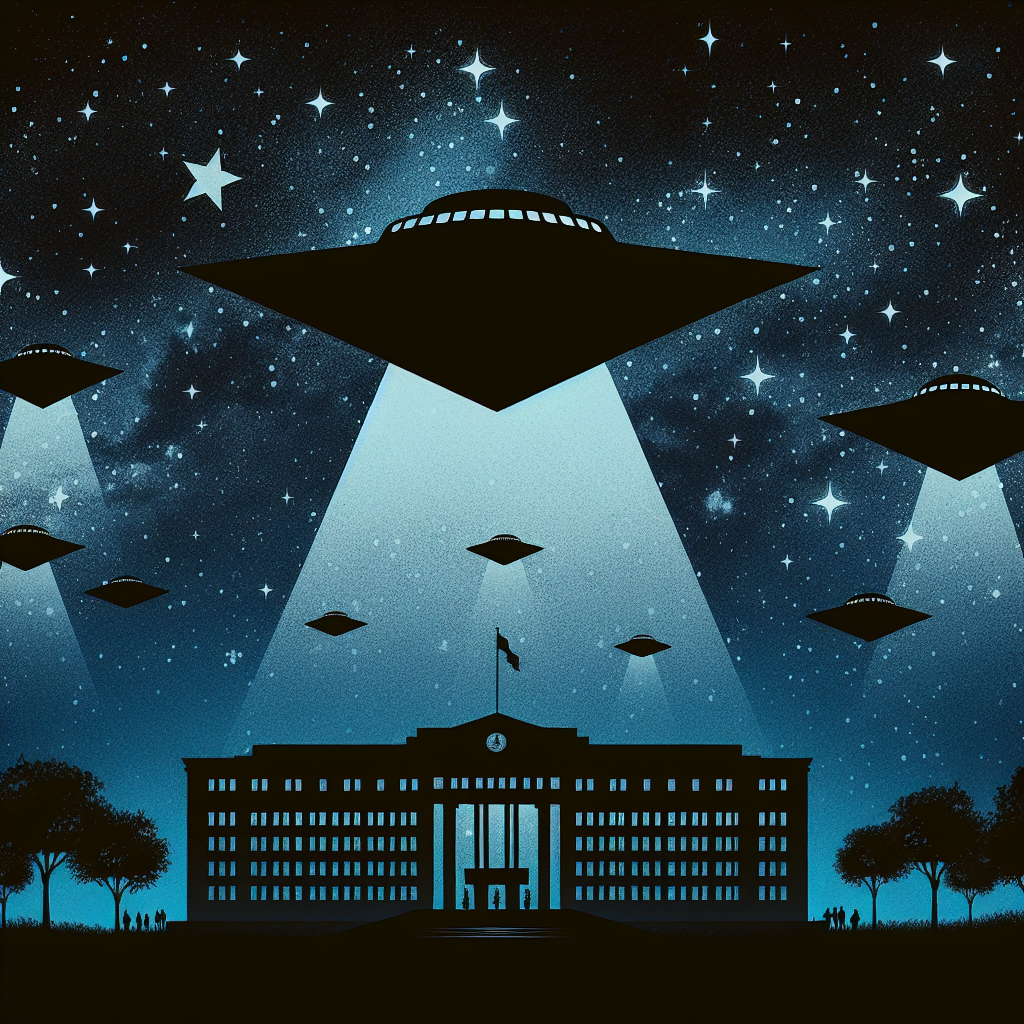




Leave a Reply